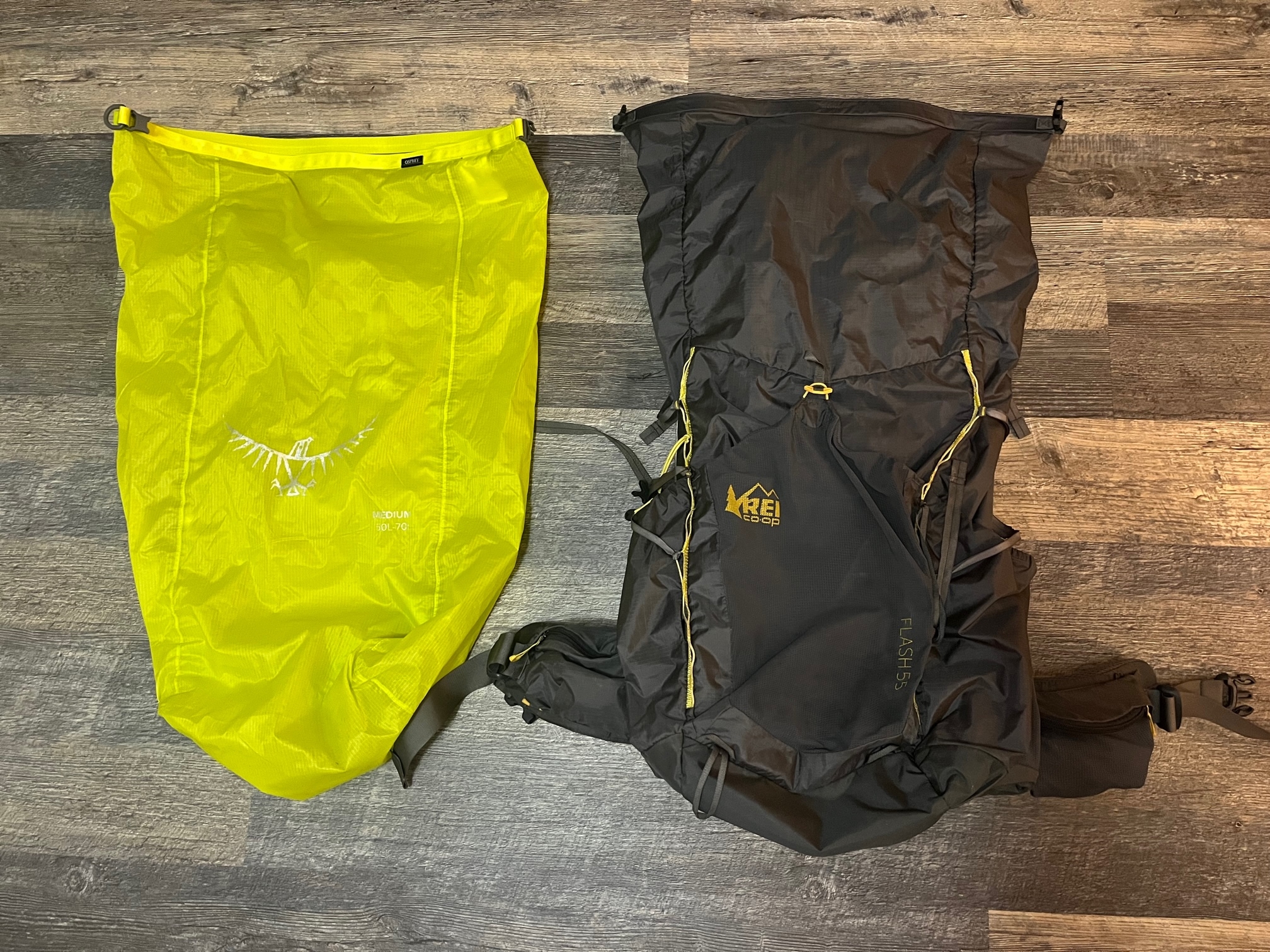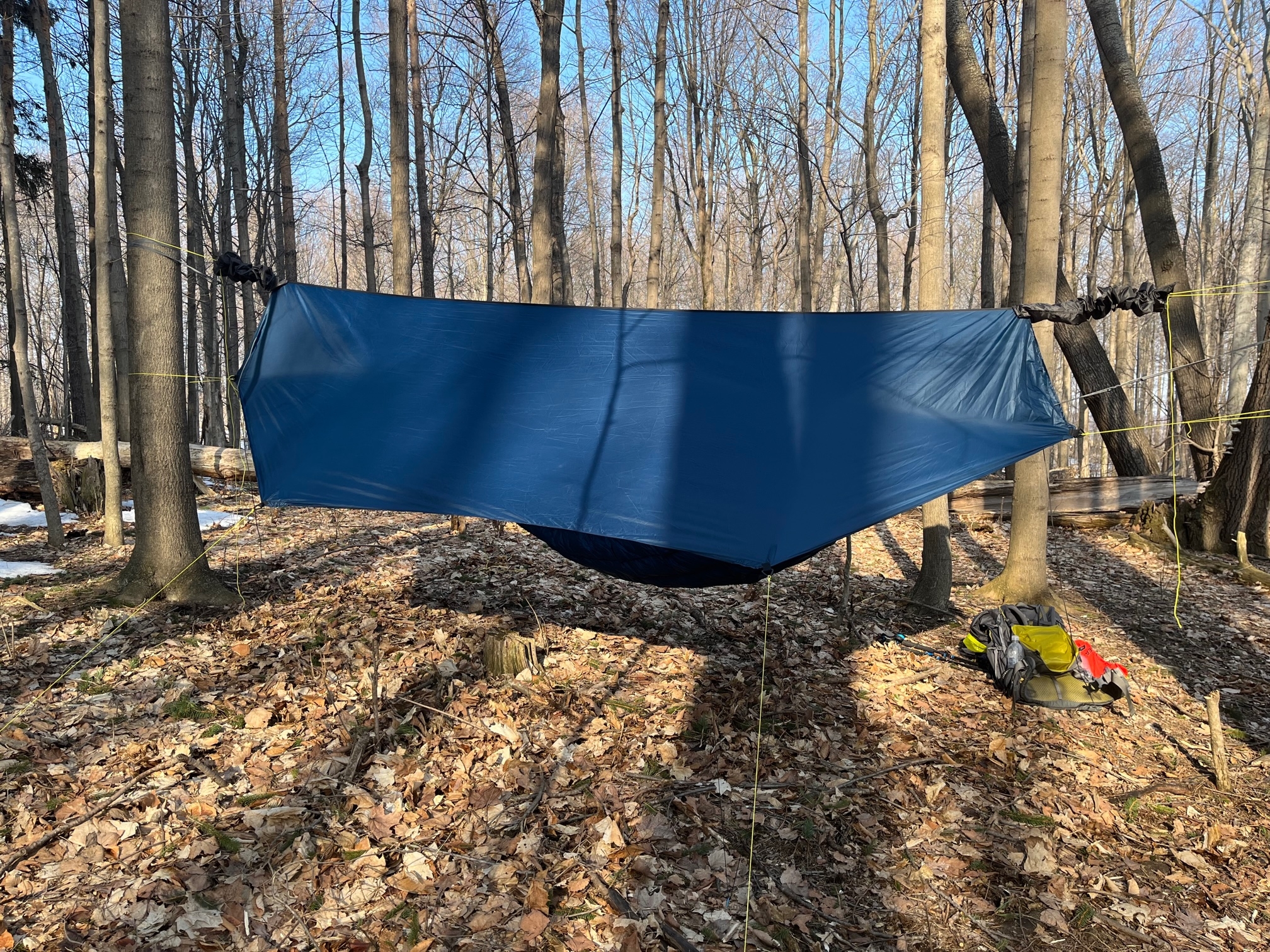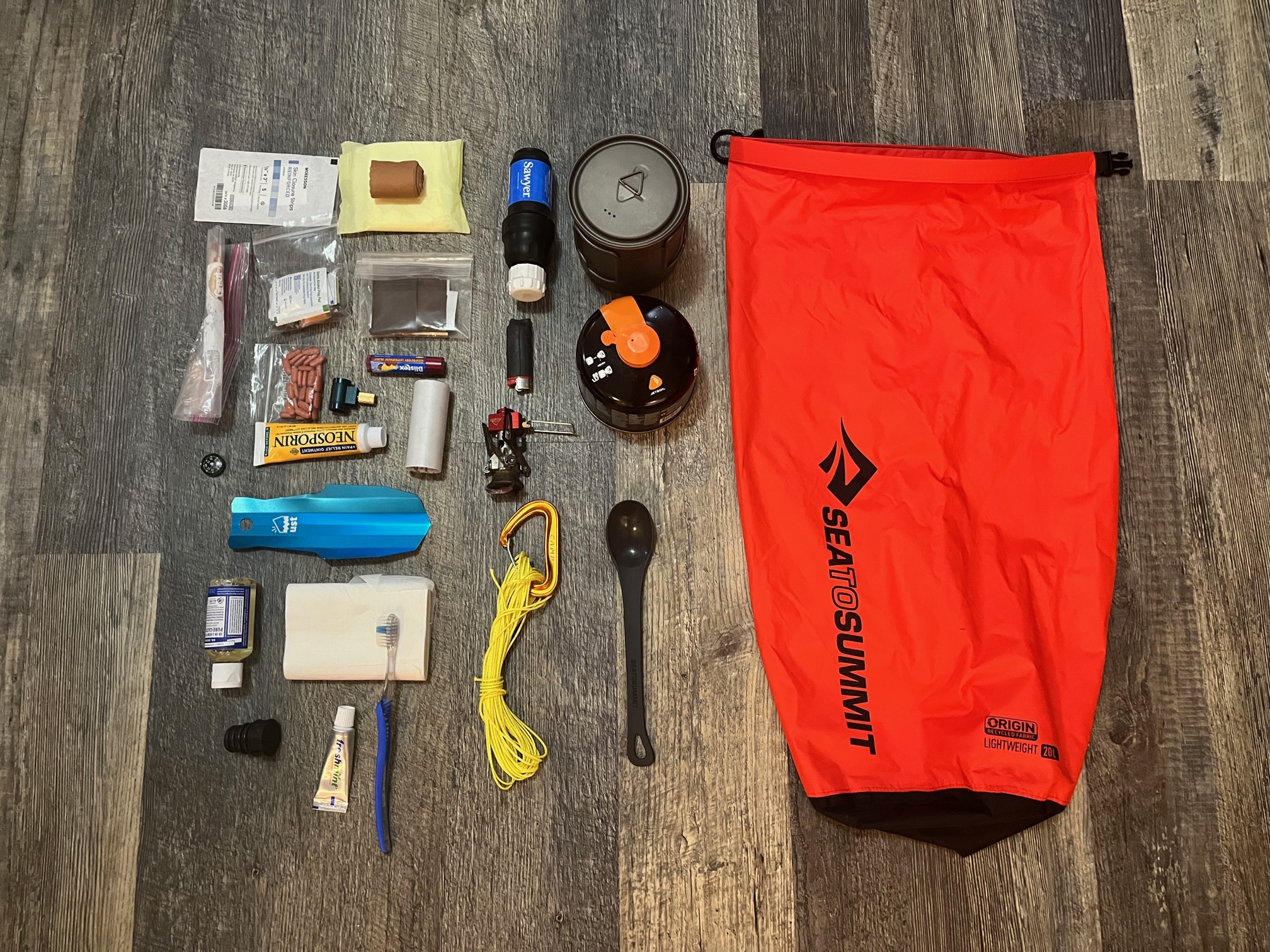Prepping for a Thru-Hike: My Gear List, Shakedown Hikes, & Budgeting
When I started backpacking a few years ago, I was using hand-me-downs and budget gear from Amazon and REI. My longest trips were 3-4 nights, and I liked bringing luxuries with me, like extra food, paperback books, camp shoes, an extra change of clothes, etc. My pack probably weighed 35+ pounds with everything loaded up. As I researched what people bring on thru hikes, it became clear that lightening one’s load is a top priority. And this is where my gear obsession began.
Like Many Thru-Hikers and Backpackers, I Love Gear
Something about carrying everything you need to survive on your back is empowering, and choosing gear is both very personal and very important. There’s a balance that needs to be struck between comfort, weight, and cost. Personally, I place an emphasis on comfort. I value my sleep a lot, and if I’m going to be sleeping in the woods for the foreseeable future I want to be nice and comfy. Likewise, I’m willing to carry a heavier backpack if it means that I’ll enjoy my hike more. This was how I approached my gear selections and upgrades, while still keeping in mind that I wanted to get rid of excess weight.
Generally speaking, the lighter a piece of camping gear, the more expensive it’s going to be. But when you’re carrying your kit thousands of miles, dropping a couple extra pounds can be worth the cost. I’m lucky that I was able to save a decent amount of cash for this trip by living at home, which made it easier to upgrade to lighter, higher quality equipment.
I spent more time than was necessary scouring forums for the best tips on gear. One invaluable resource was the Ultralight subreddit (https://www.reddit.com/r/Ultralight/). This community’s goal is to reduce the base weight of your pack to 10 pounds or less (base weight = total pack weight – food, water and fuel). I submitted my gear list for a “virtual shakedown” and was promptly lambasted for the weight—I might as well have been carrying a big block of lead. With their guidance, I was able to get my base weight down to right around 15 pounds, with room to go even lighter once it warms up.
Shakedown Hikes & Budgeting
After consulting with the internet experts, I bought new gear and then tested it out in the woods. To date, I’ve done two shakedown hikes, with a third planned for this week. This helped me decide which items I was going to bring with me, and which I could do without. I recommend that anyone who plans to do a long-distance hike takes the time to test out their kit before leaving.
Aside from purchasing and testing my gear, I also needed to save up enough money to hike for 4-6 months. The cost of a thru-hike can vary from person to person, but a general estimate is $1000-1500 per month. I’m hoping to finish the trail in roughly 5 months, but I’ve budgeted for 6 just in case. As discussed below, thru-hikes can be completed for much lower amounts–it just depends on what you’re willing to sacrifice, be it weight, time, or luxury.
Now, for what you’ve all been waiting for. Without further ado, here is my gear:
The Big Three: Backpack, Shelter, & Sleep System
Usually considered the most important items for overnight backpacking, the Big Three are what hikers use the most when they’re not logging miles. For my backpack, I’m using an REI Flash 55, which holds (you guessed it) 55 liters of stuff. I’m also using a waterproof Osprey pack liner which keeps important items like my quilts, clothes and hammock dry.
My shelter consists of a Warbonnet Blackbird XLC hammock and a Thunderfly rainfly. My sleep system is also from Warbonnet; I’m starting with a 20 degree down topquilt and underquilt. This system is a bit more luxurious (and heavier) than a tent, but worth it in my opinion. The underquilt keeps your back warm by hanging below the hammock, and the topquilt allows for more freedom to shift around at night compared to a sleeping bag. You can see how they work in the picture below.

My hammock/sleep system: topquilt (green), hammock (light blue), and underquilt (navy blue), all from Warbonnet.
Clothing
The clothing I plan to bring with me was probably the hardest part of my gear search to nail down. I’ll only have two full outfits: one for sleeping, and one for hiking. Because it will still be relatively chilly when I start, I’m bringing a fair amount of cold weather gear too. Once I get past the Smokies, I’ll send a lot of this home or swap for lighter pieces. This section of my gear includes hat, gloves, rain gear, insulating layers, sleep clothes, hiking clothes, and plenty of socks.

My clothing. From left to right, top to bottom: Patagonia raincoat, REI rain pants, Smartwool baselayer & UnderArmour shorts, Enlightened Equipment Torrid puffy jacket, gloves, hat, buff, hiking shirt, hiking shorts, 46er hat, three pairs of wool socks, and Altra trail runners.
Camp Kitchen, First Aid, and Hygiene
This section contains all the items I’ll use to cook and and take care of myself. The highlights include a water filter, pot and stove, toilet paper, a trowel to dig catholes, toothbrush, toothpaste, and much more! I’ll pack anything that smells into my waterproof stuff sack and hang it in a tree to keep away from bears. To see a full list of items, check out my full gear list at the end of this post.
Electronics/Misc.
My most important electronics are my phone and headlamp. My phone will serve as my one-stop-shop for navigation and entertainment. I’ll use it to stay on trail, listen to music/podcasts/audiobooks, and to read. To stay charged I’m using a 10,000 mAh battery pack which is good for roughly three charges of my phone. And last but not least, I’m using some carbon fiber trekking poles that were given to me by a friend (thank you Bryan!). If you haven’t tried hiking with poles before–it is life changing and I highly recommend it.
Luxuries
These are items that aren’t strictly necessary, but will probably make living in the woods a bit more fun. I’m bringing a sit-pad cut from a car sun visor, a 5L water carrier that doubles as a camp shower, and a cork massage ball to keep my feet in good shape.
Full Gear List
Below you can see my full list of gear, plus the weight and price of each item.
A Note About Cost
As you probably noticed, this is an eye-watering amount just for gear, and isn’t entirely representative of how much I paid. These are the sticker prices for all my gear–I acquired most things at a discount or on sale. Also keep in mind that I’ve accumulated a lot of this equipment over the course of many years–I didn’t spend all this at once. That being said, I still probably spent ~$2,000 to prepare for this hike, which is a lot of money. If you’re interested in more affordable gear that’s still lightweight, check out r/Ultralight on Reddit and the resources below. Or, if you have some money burning a hole in your pocket, you can donate it to my fundraiser for the Appalachian Trail Conservancy–just click the “tip the author” button on my profile at the bottom of this page. Thanks for reading!
This website contains affiliate links, which means The Trek may receive a percentage of any product or service you purchase using the links in the articles or advertisements. The buyer pays the same price as they would otherwise, and your purchase helps to support The Trek's ongoing goal to serve you quality backpacking advice and information. Thanks for your support!
To learn more, please visit the About This Site page.

 ">
">








Comments 3
Considering the weight of a “ground-dweller’s” sleeping pad and tent/trekking poles, I’d venture to say your hammock setup still weighs less. You made a great decision not to sleep in the mud and get changed able to stand up under your tarp. Hammock = insta-chair. Good luck. Have fun. Left foot…right foot…
#44
Great article. Gear nut myself. Have most of gear you list and yes it’s expensive.
After spending many nights in the backcountry nothing puts a smile on your face more than having packed bomber gear that beats Mother Nature at her own game.
One piece of gear that I take now is my Zipper turtleneck Cashmere sweater. It breathes 10x better than my wool thermal keeps me warmer and handles the moisture like nothing else I know of.
Also notice you don’t have a Down hood for your sleep kit. Used for sleeping and cold mornings it really is superlight ,packs down small and rocks the house for warmth.
To add to your Rain kit get some Gore Tex rain thin shell gloves . They are paper thin and go over your fleece gloves . Your hands can get really cold hiking in the rain.
While in your Hammock at night use your Torrid puffy zipped over the foot box of your quilt . Warm feet equals warm sleep! That combined with a down hood and you will be toasty warm. Oh I forgot to mention my down booties . Made only for sleeping and gotten off Amazon for short money .
For your head wear consider the Zpacks Possum beanie. Possum fur has hollow core fibers which are warmer and handle water better than standalone wool. I won’t leave home without mine .
Hope this helps,Teamgreen